Description
In the age of hyper-competitive markets, creating a memorable brand experience is the key to capturing the hearts and minds of customers. Brand experience design, a strategic and holistic approach, revolves around every interaction a customer has with your brand. In this article, we will explore the significance of brand experience design and how it can transform your business.
What is Brand Experience Design?
Brand experience design is the process of crafting and orchestrating every touchpoint a consumer has with your brand. It encompasses both physical and digital encounters, aiming to create a consistent, engaging, and emotionally resonant experience. It involves the strategic use of design, psychology, and technology to evoke specific emotions and perceptions.
Why Brand Experience Design Matters
- Differentiation: In a crowded marketplace, a unique and well-designed brand experience sets you apart from competitors. It helps consumers remember and recognize your brand.
- Customer Loyalty: Exceptional brand experiences build trust, satisfaction, and loyalty. Customers are more likely to remain loyal to brands that consistently meet their needs and create positive emotions.
- Word of Mouth: Customers who have a remarkable brand experience are more likely to share their experiences with others, generating positive word-of-mouth marketing.
- Emotional Connection: Successful brand experience design taps into emotions. It helps forge a deep emotional connection between the consumer and the brand.
Key Elements of Brand Experience Design
- Understanding the Customer: In-depth knowledge of your target audience is crucial. Understand their preferences, pain points, and aspirations to design experiences that resonate.
- Consistency: Brand experience should be consistent across all touchpoints, from your website to in-store interactions. This fosters a coherent brand identity.
- Emotion-Centric Design: Focus on evoking positive emotions. This can be achieved through user-friendly interfaces, appealing aesthetics, and empathetic customer service.
- Personalization: Tailor experiences to individual customer needs and preferences. This could include personalized recommendations or customizing the user interface.
- Innovation: Keep innovating and adapting to changing customer expectations and market trends. Technology and design should align with the brand’s evolving needs.
- Feedback and Iteration: Continuously collect and analyze feedback to refine and improve the brand experience.
In summary, brand experience design is a strategic approach to building a meaningful and memorable connection with your audience. When executed effectively, it can drive brand loyalty, foster customer advocacy, and ultimately lead to business growth. To succeed in today’s market, businesses must recognize the pivotal role that brand experience design plays in building a strong, lasting relationship with their customers.

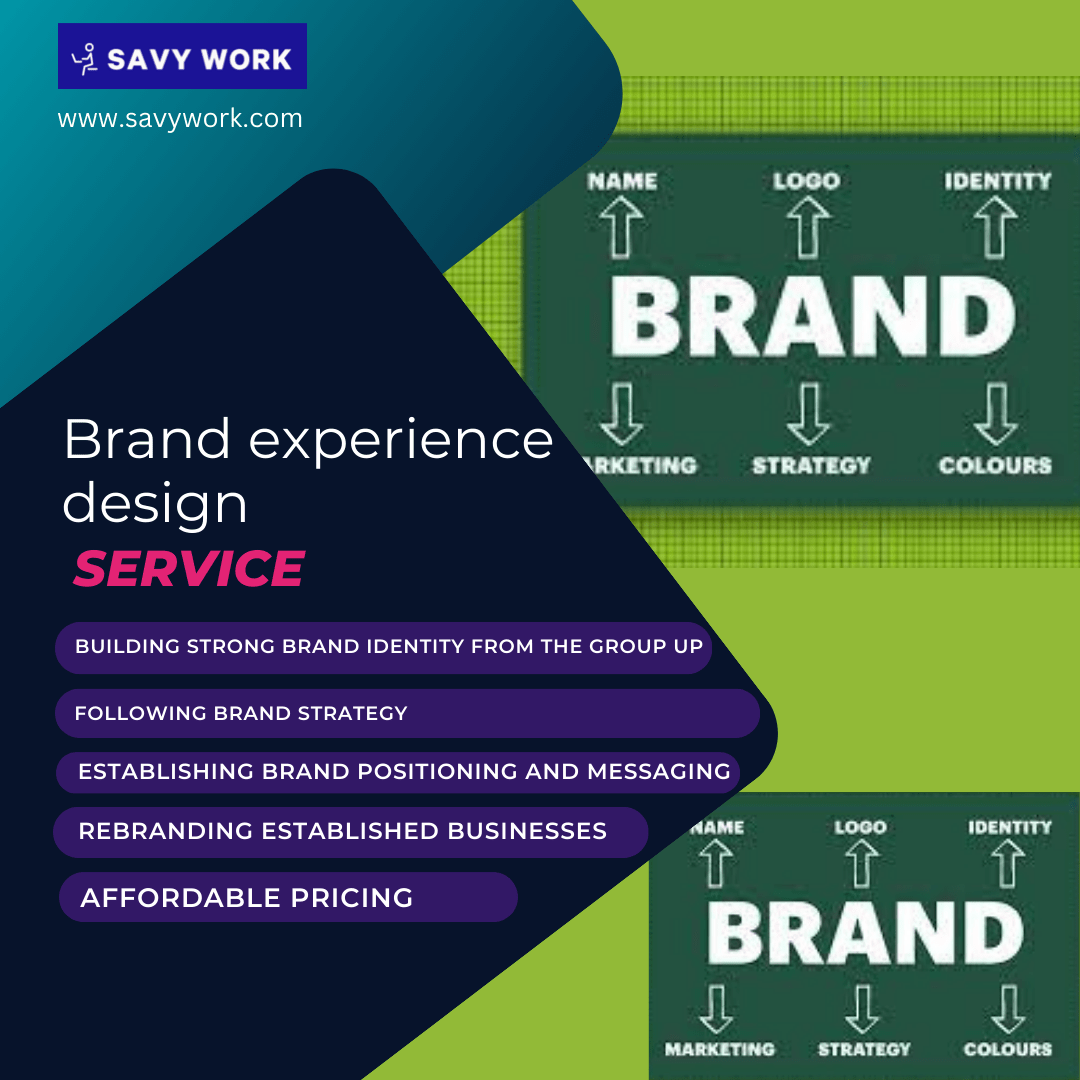
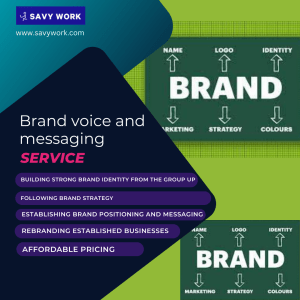
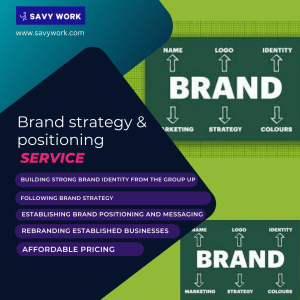
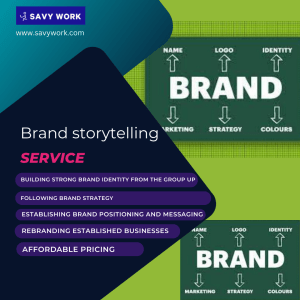
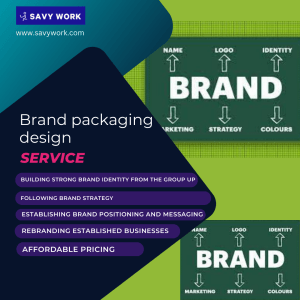
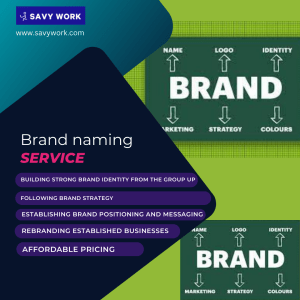
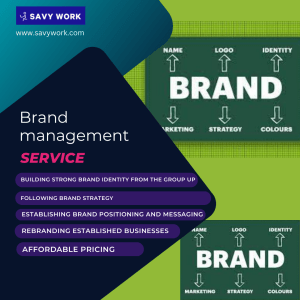
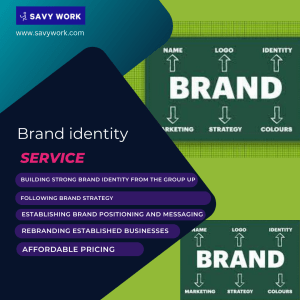
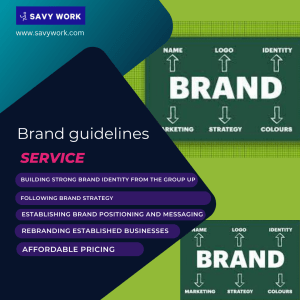
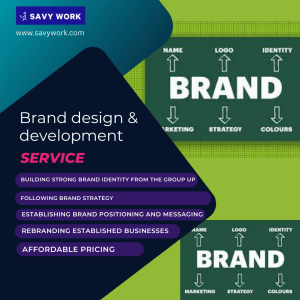
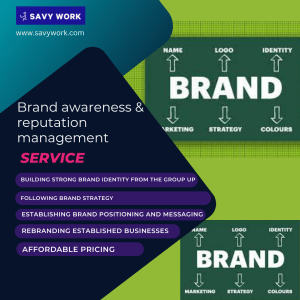
 by
by
1 review for Brand experience design (Branding Service)
There are no reviews yet.